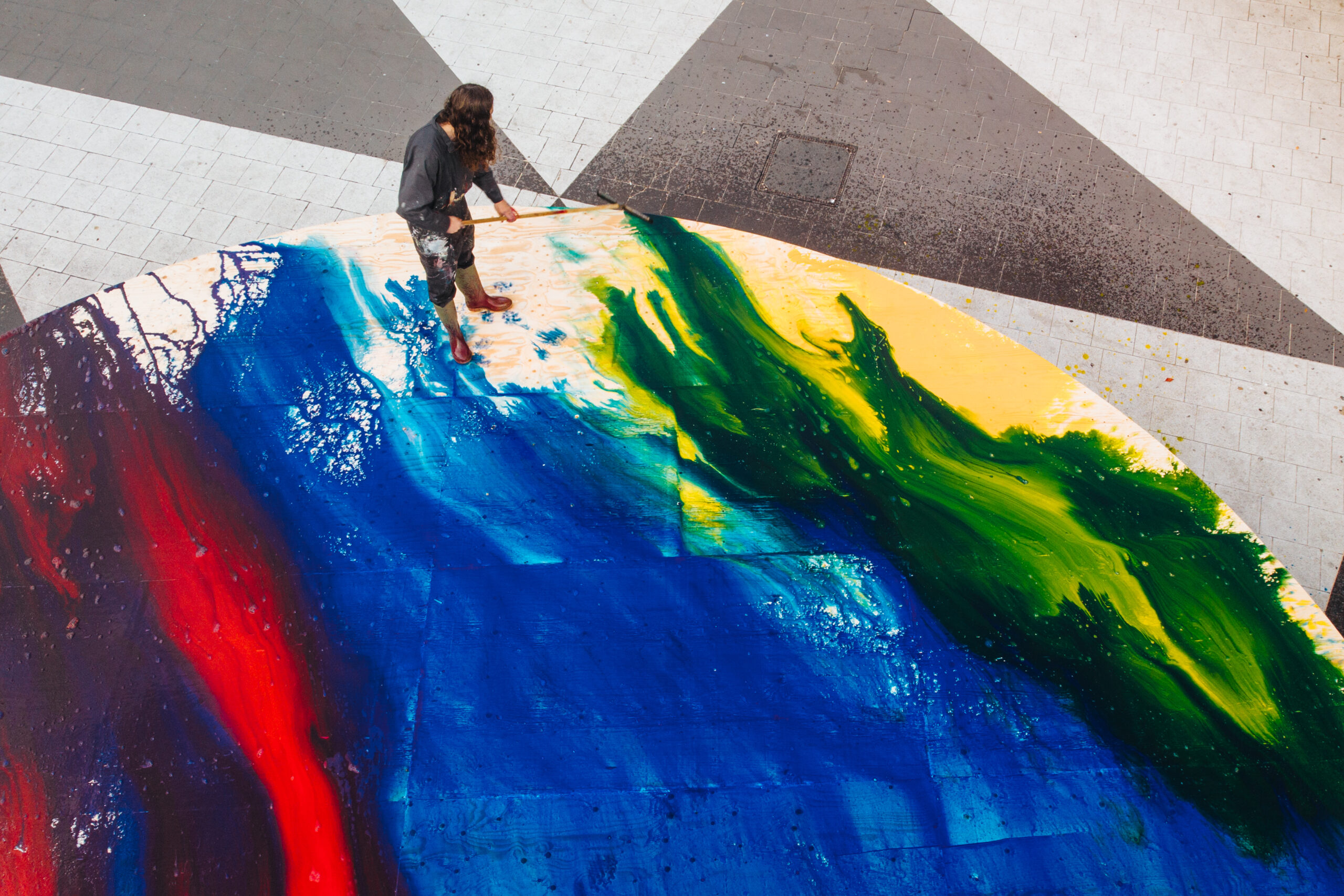
Swedish designer Fredrik Paulsen never wants to see a single 1920s cafe chair again
Fredrik Paulsen, who also appeared in the panel discussion at the Finnish Design Shop’s Product Sustainability launch organized at Helsinki Design Week, lives in a constant love–hate relationship with his industry: in his opinion, cultural expression should always override commercial interests. Paulsen squints at timeless design and believes that classics become classics precisely because they reflect their own time.
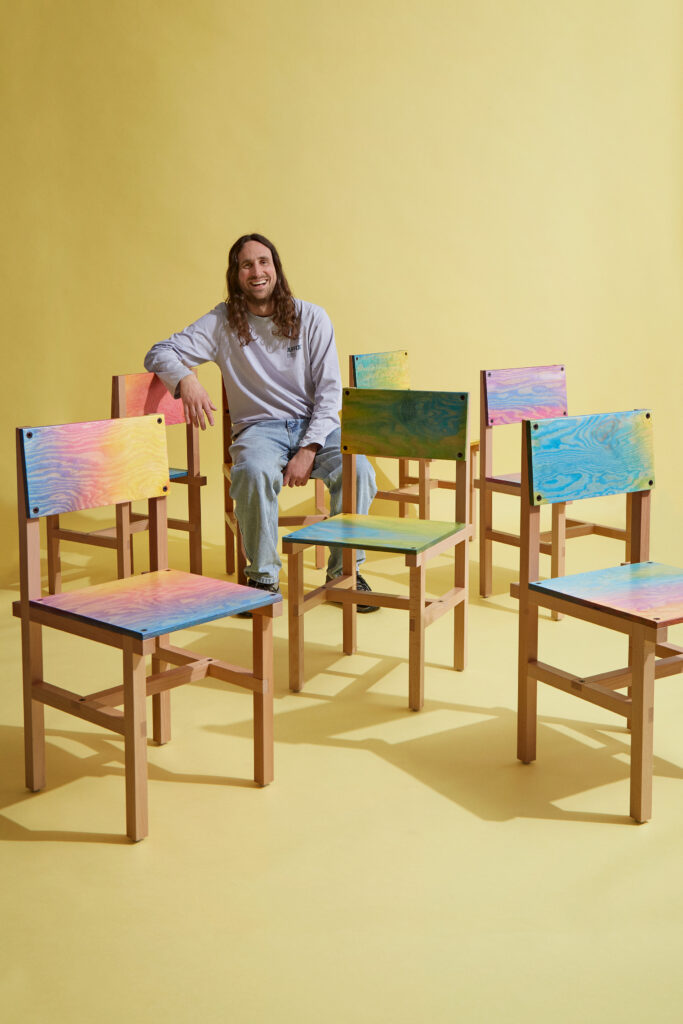
Fredrik, you are especially known for the chairs you design. Why chairs? What fascinates you with them?
Almost every person knows what a chair is and what it looks like. Every person has their own relationship with everyday objects. For one it’s just a piece of furniture, for another it’s a work of art. I’m fascinated by how many different uses a chair can have: a chair for a dining table, a stackable chair or a chair you sit on to tie your shoelaces in the hall.
It also fascinates me to think about all the chairs in the world in an overarching timeline. They have the required four legs, a seat and a back, there’s no changing that. Over time, however, we see small changes that tell about the development of humanity and how we have invented new manufacturing methods and techniques.
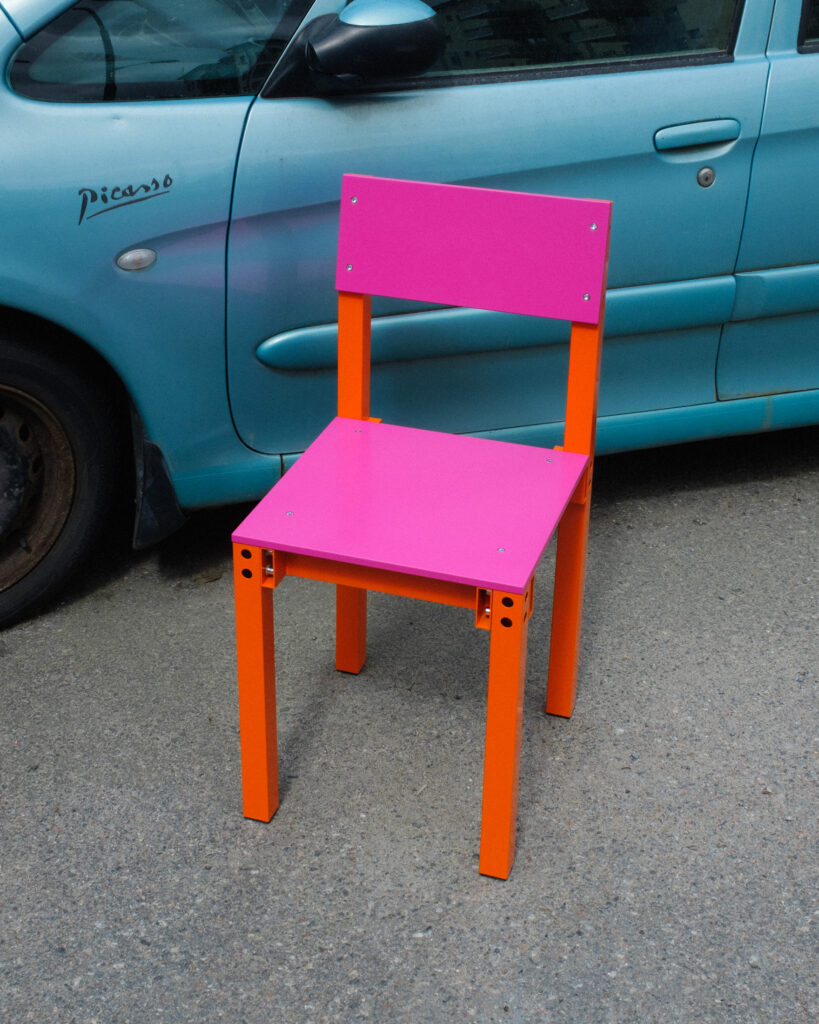
You say you have a love–hate relationship with your industry. What do you mean by that?
I love being a designer. I love design as a cultural expression. I’m fascinated by turning functional objects into art. I’ve been into skateboarding for a long time, and I have the same fun designing and working with my hands as I did when I was a kid on a skateboard.
Having said that, I’m not interested in the superficial side of the design world, let alone in design products as commercial goods that only mark status. It’s embarrassing and mostly makes me feel ashamed. To put it nicely, I would like to blow up the commercial and consumer-oriented side of the industry.
So how do you keep up the resistance?
By designing things just for myself. The most important question a designer can ask himself is “why”. The most essential guideline of my career has been to remain self-critical and to question what I do. Why would I want my products mass produced and sold? Would I be able to bring to the table any principles that are important to me? If the answer is negative, you shouldn’t do it. For me, design is above all self-expression.
For me, design is above all self-expression.
Fredrik Paulsen
Speaking of companies: you just designed a chair for the furniture manufacturer Vaarnii. How did the collaboration fit your values?
I was very interested in cooperation as soon as I heard the mission of the founders. They are very passionate about their work and have a clear vision for what Vaarni is about. Vaarnii makes furniture from pine. There is plenty of raw material in Finland, but it seems to be overshadowed by other materials. I think it’s very beautiful to take advantage of something that may not be suitable for many. You don’t need the world’s finest material to make the world’s finest furniture.
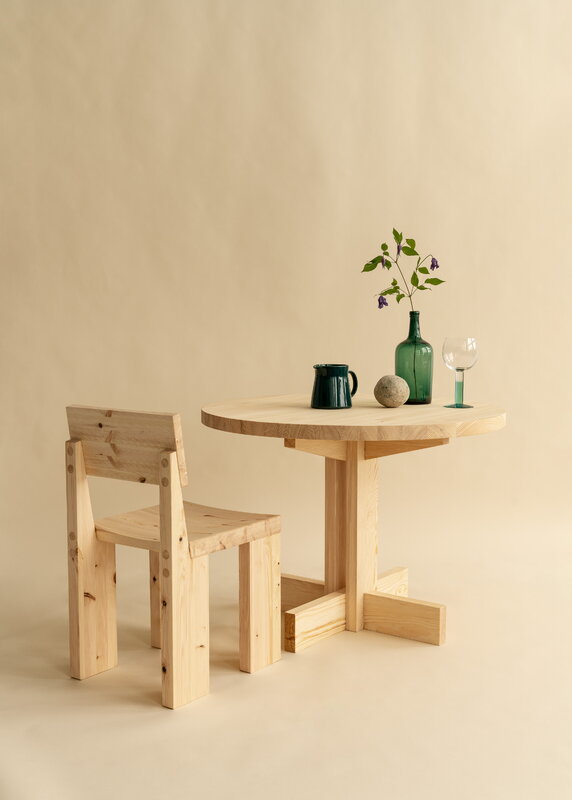
How do you justify the existence of the furniture you design?
I look at furniture as a cultural expression rather than commercial products. So you could just as well ask, does the world need any more new songs or works of art? There is already so much to listen to and see. I don’t need to mass-produce new stuff – I can make one or two chairs that fit into a certain context. Whatever I do, there must be a reason for its existence. If a company wants to produce the chairs I designed, the project must produce some added value, not take something away.
So tell us what kind of chair you designed for Vaarnii.
It is, above all, sturdy. I think of it as an extension of the house: the log frames inside the walls hold the building up. There is something similar about the chair, too. It’s not flimsy and it doesn’t fall over easily. You don’t have to be careful around it, and things in life can be exactly as they seem. Children can climb on the chair without parents having to worry. The world around us is full of nervousness and uncertainty. I wanted to design something soothing and safe.
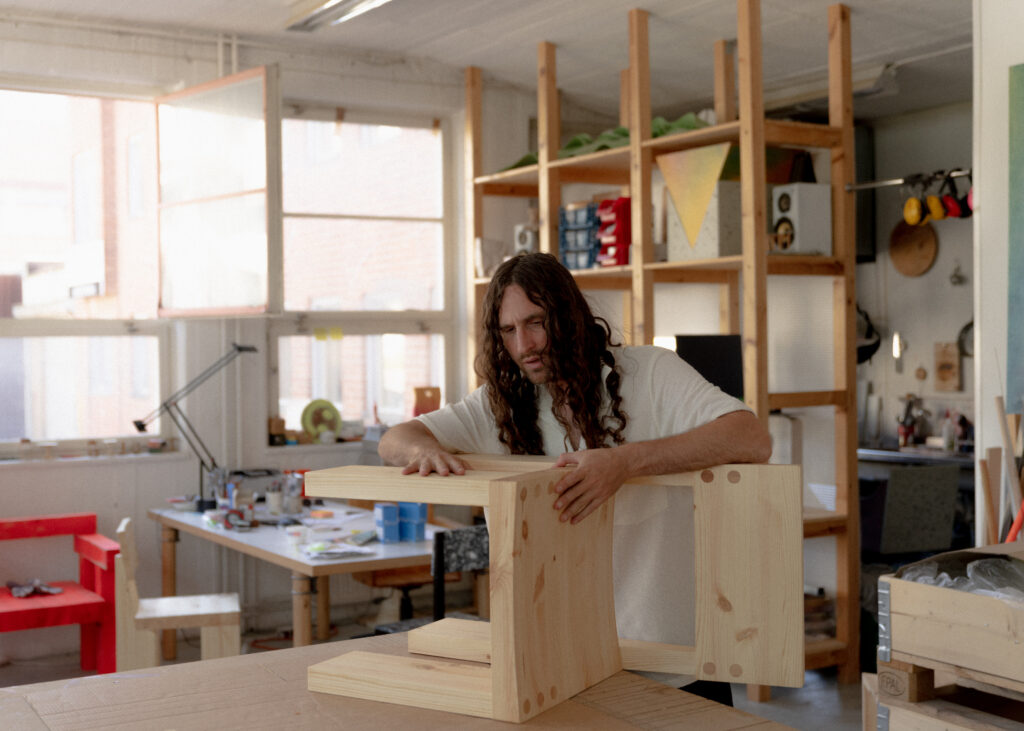
Let’s go back a few decades for a moment. What kind of path have you taken to get to where you are now?
At the beginning of the 2000s, I did my bachelor degree at Beckmans in Stockholm and later completed a master’s degree at The Royal College of Art in London. In those years, there was a design boom in London: small independent exhibitions and workshops were organized in galleries, which focused on non-commercial art and design. I wanted to bring this atmosphere with me back to Sweden.
After I moved back, I founded my own studio – it was a huge deal for me then – and started organizing group exhibitions and workshops there for young and independent designers, for example. I wanted to inject energy into design and not just sit in a corner complaining about why there are no alternative exhibition spaces and nothing cool happening anywhere.

You mentioned earlier that you feel the same joy in your work as a designer as when you skated when you were young. Do you draw something else from your skateboarding background for your work as a designer?
Yes indeed! I learned to look at the world from a new perspective from a skateboard. I look for places to skate in the cityscape: flat surfaces and interesting obstacles, such as stairs or ramps. It changes my thinking in a good way. You begin to see opportunities in places where there were none before. What if that concrete bridge could be turned the other way around – how crazy would it be to make it a skate ramp? A creative way of looking at the environment and its possibilities has helped me a lot as a designer.
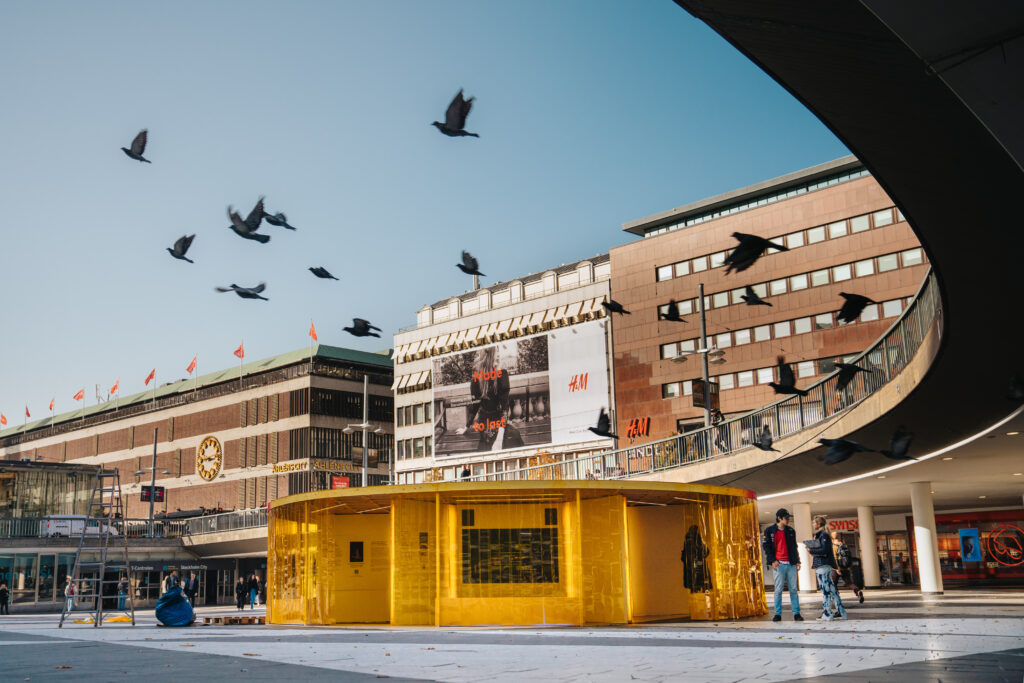
Your design philosophy sounds sustainable: you favour recycled materials, avoid mass production and constantly ask yourself why you do what you do. Do you feel the need to emphasize that you are a responsible designer, or is sustainability a matter of course for you?
It’s hard to say which came first, the chicken or the egg – sustainability in doing or sustainability as a considered value. I am interested in how to create something decorative, precise and beautiful from modest materials. I love abandoned and used materials, and I use raw materials that I find around me in my work. I’ve been doing this since I was a budding designer and didn’t have the money to buy expensive materials. The interest in modest materials was in this sense originally also born out of necessity.
There is a lot of rhetoric around accountability and often unfulfilled promises. What thing worries you when talking about responsible design?
It frustrates me how many creative people say they design timeless products. As if timelessness would make it responsible and sustainable. If someone wants to buy something that reflects the spirit of past decades, why not buy it at an antique store or auction? It’s much more durable.
What is missing the most in the pursuit of timelessness?
I don’t think that the classics that are considered timeless at the moment were designed to be timeless. For example, Alvar Aalto’s stool, Eames’ chairs and Louis Poulsen’s PH lamp were all ahead of their time. They all tested the limits of the design of their time and were considered innovative. I believe that classics become classics precisely because they have something unique in their time – not because they imitate something already done. The world doesn’t need any more 1920s black Viennese-inspired cafe chairs.
What are you working on now?
One project that has lasted for many years is coming to an end at the moment of this interview. I designed a series of sculptures for a Swedish city inspired by my daughter’s drawings. When she was little, she drew chalk drawings with really interesting shapes in a paper shop. I wanted to translate the shapes into huge sculptures twisted from wrought iron. Usually, the wrought iron beams stand completely straight in the cityscape, and not much attention is paid to them. Through the sculptures, I wanted to create an opportunity specifically for children to observe the environment in a new but at the same time familiar way. The iron beams are the same colour as the chalk that children use to draw on the asphalt: light blue, red and orange.
It’s a wonderful idea that your daughter’s drawings will live on as sculptures. What else are you inspired by?
From everything around me. But especially about surprising things, such as, for example, benches piled up spontaneously from materials readily available on a construction site and other things born by chance that have no other value than to serve some need. Imagine putting everything around us in a box and then shaking the box. In my hands, it all becomes furniture.